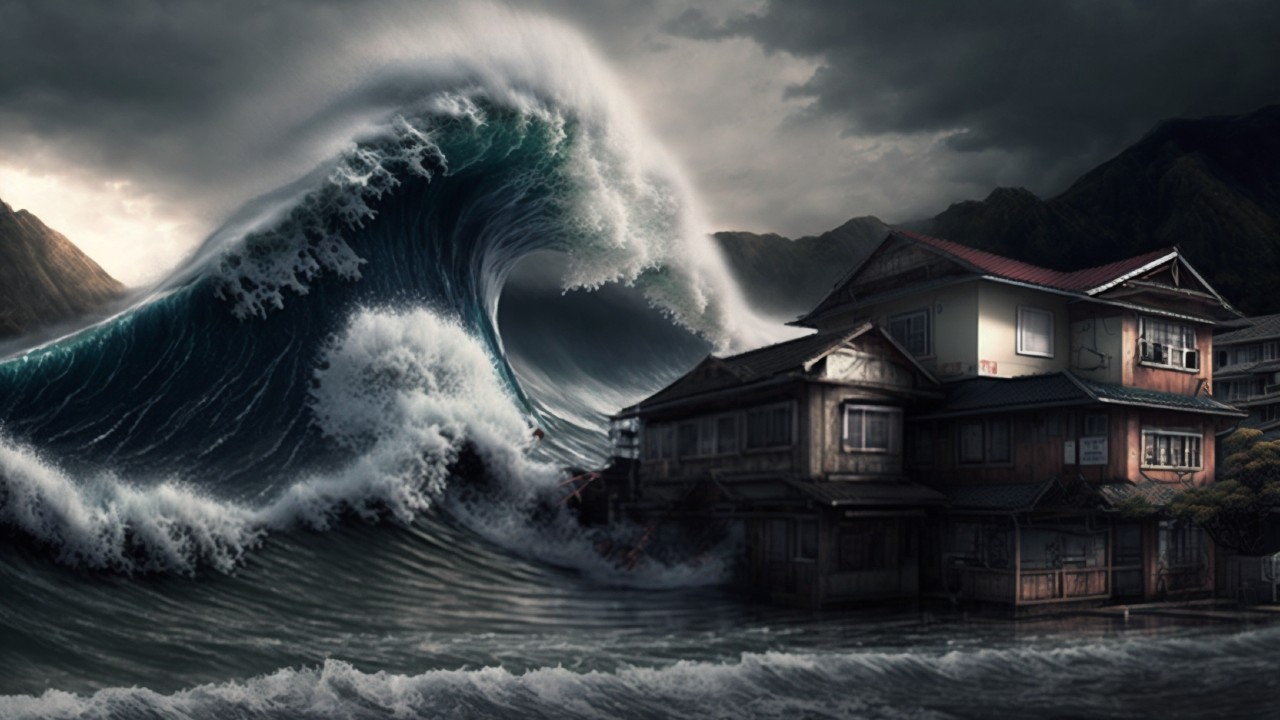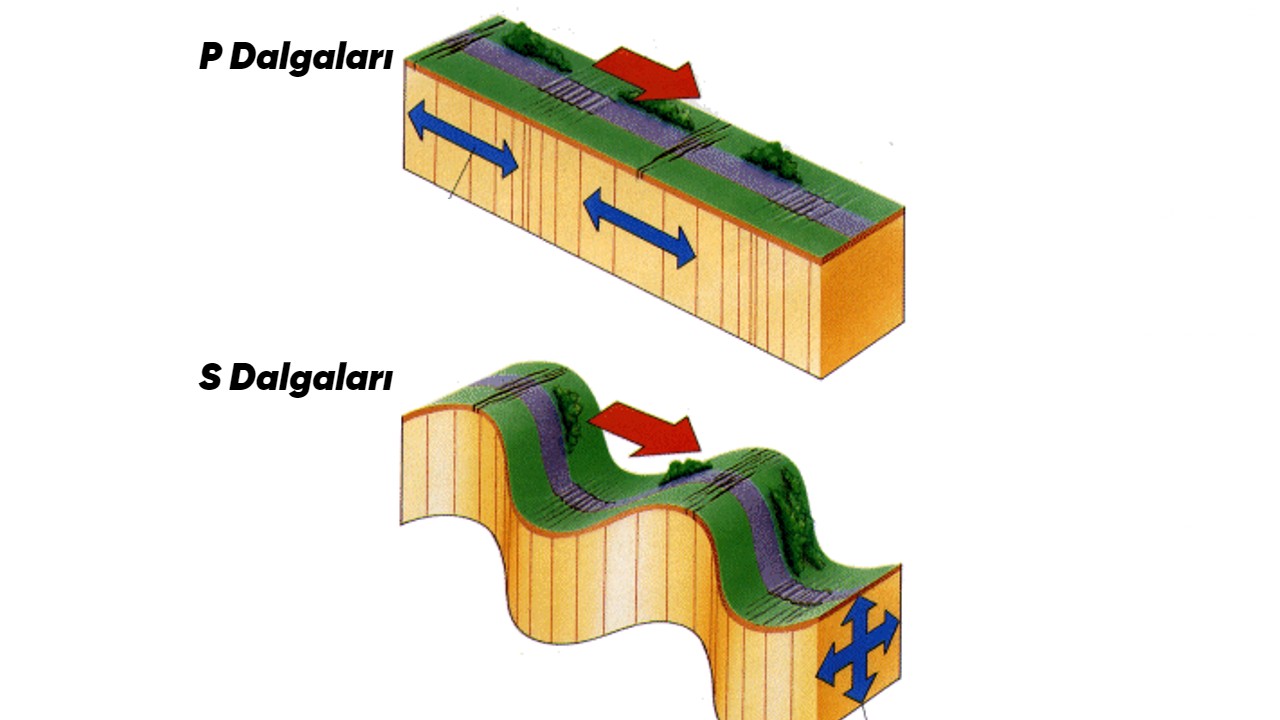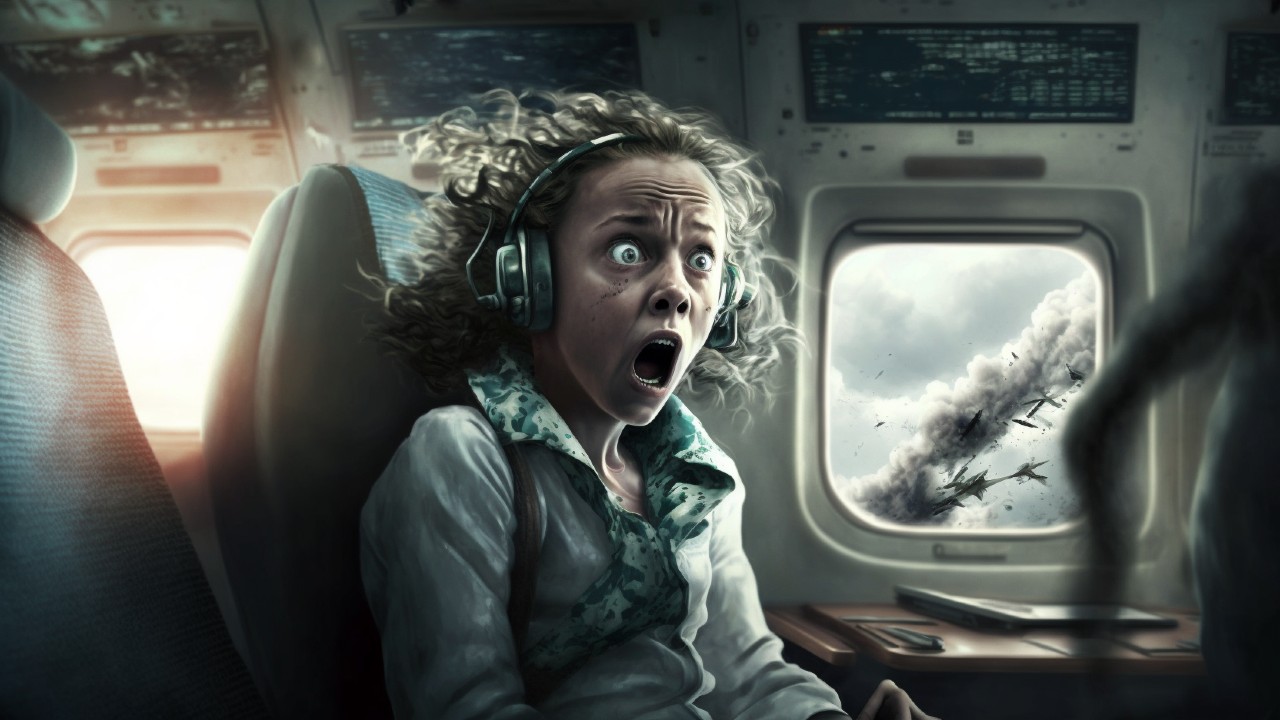As we once again understood with the unfortunate events in our country, earthquake one of the worst disasters is a. This can have devastating consequences on the land on which we live.
Well, if you’re on a plane trip, caused by an earthquake on land Can you feel the sound and vibration? What danger can await you?
Seismic waves can move the earth up and down and cause major disasters.

When a sudden break or slip occurs in the Earth’s crust, energy is released, just as energy from a movement in a body of water is emitted in the form of waves. in seismic waves spreads.
Surface waves, a form of seismic waves, behave much like waves in a body of water. By moving the earth up and down great damage and disasters why would it be.
The consequences of earthquakes on land are obvious, but what about water and air?

For us, the parts of the Earth we interact with are mostly land, but our planet is air and water also contains. Earthquakes on the sea floor activate the water above in the form of tsunamis, so why not also certain events in the atmosphere?
S waves, one of the types of seismic waves, do not propagate in liquids and gases.

The energy released in an earthquake is comparable to sound or water waves and with waves called seismic waves spreads. Among these waves, “body waves” are divided into P waves and S waves.
Since P waves are the fastest propagating wave type, they are the first waves to be observed in earthquake recorders (seismographs). However, it is below the threshold of human hearing. When we “hear” an earthquake, we usually don’t hear seismic waves. Instead seismic waves the sound produced when it moves through solid matter (such as the roar of a building and its contents).
Slower-propagating S-waves are secondary to recordings and vibrational motion in the direction of propagation its steep waves. S waves cannot propagate in liquids and gases.
Waves lose their intensity as they move through the air.

You cannot perceive the sounds of an earthquake from a flying plane. Thanks to the concept that physicists call “attenuation,” as waves move through the air gradually lose their intensity.
Once the seismic waves reached the typical cruising altitude of 30,000 feet (9,144 meters), the waves would have diminished so much that the sound of the plane itself and even its motion will subdue the waves. For this reason, you will not hear or feel the earthquake from the plane.
However, this does not mean that you are not at risk.

If the quakes trigger volcanic activity and the flight operates at a low cruising level, it could cause turbulence. In addition, if airport runways are damaged by liquefaction in a major earthquake, with great danger may encounter.
Since we are talking about a devastating earthquake, the pilot trying to make contact with the tower may not be able to communicate with the tower. In addition; runway lights and all lighting systems may be down, navigation equipment may not signal, radar systems may become unusable.
In brief; even if you don’t experience the effects of the earthquake while on the planeduring landing You can come face to face with great risks.
Sources: How Stuff Works, University of Sakarya


















